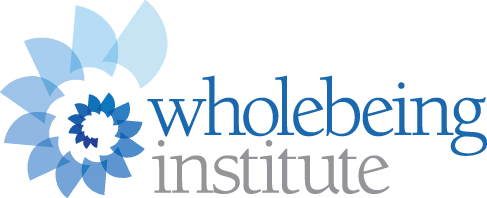If your eyesight is normal, the doctor tells you that your vision is 20/20. That means that at 20 feet away, you can see an object clearly. I want to have 20/20 vision when it comes to seeing next year. I want 20/20 vision for a 2020 vision, clearly and deliberately crafting what the future holds.
That many 20s have got to have some special mojo, don’t you think?
As the year winds down, it’s time to start drafting the map for your 2020 vision. What goals can you map on the calendar? What supportive and nourishing experiences do you want to create for yourself?
As you look at the whole year, block out the most important stuff first. That helps make it happen. For sure, the plan will change as realities unfold. The map can’t entirely predict what it will be like when you’re actually walking on the terrain. The imagined 2020 is never going to be as intriguing or convoluted as real life. But the map at least gets you started on the right path.
I just put a huge 2020 whiteboard calendar in my office. It takes up the whole wall. I’ve decided that my long-term, 20-year vision needs to have a more immediate stake in the ground. That’s why, next year, I’m dedicating my work to leadership—teaching, writing, and elevating the choice to lead self and others towards our highest and best.
I’ve titled my 2020 map The Choice to Lead.
I’m making dedicated time in my calendar now for big tasks that move the idea forward. The choice to lead is not as tangible as, say, running a program or planning a trip. I guess that’s why it’s so easy to overlook. The biggest mistake we make is thinking that time will magically appear for the intangible idea to become real.
What are you marking on your 2020 calendar? What’s the title of the map that describes the intention?
You see, our tendency is to block off time on the calendar that is relevant to our job today. The more significant question—the one that shapes direction—is this: What would you block off on the calendar as you imagine tomorrow?
There’s a natural tendency to think about work as a “job,” one that fits neatly into a job description. The title and tasks of your work are neatly laid out. But as Cecile Alper-Leroux, Vice President of Human Capital Management Innovation at Ultimate Software, said at a recent Disrupt HR meeting in Boston, our whole self can never be fully expressed in that narrow document. Instead, she said, we would be better served if we think about job fluidity, the ability to explore, participate, and engage in areas outside a regular job description. In doing so, we bring our whole self to work, and ultimately make a larger contribution.
How to engage employees is not just the work of HR. This is our own work—each one of us has a responsibility to reflect and act upon that which enlivens us. Don’t wait for HR to come up with some initiative. It’s your work.
This echoes a message from the field of positive organizational scholarship. When we become mindful of our own strengths, how we best perform, and what captures our curiosity, we become more engaged. And when we do this inner work, we can craft our outer work to be a better match.
In the Harvard Business Review article “Managing Yourself: Turn the Job You Have into the Job You Want,” Amy Wrzesniewski, Justin M. Berg, and Jane E. Dutton write that job crafting “involves redefining your job to incorporate your motives, strengths, and passions. The exercise prompts you to visualize the job, map its elements, and reorganize them to better suit you. In this way, you can put personal touches on how you see and do your job, and you’ll gain a greater sense of control at work.”
This is how we gain 20/20 vision for a 2020 vision—and that’s the big idea that should take up space on your annual calendar.
Because, at the end of the day, we cannot abdicate our inner work to an HR department, to our boss, or to life. The choice to lead liberates, putting the power of possibility back into our own hands.


